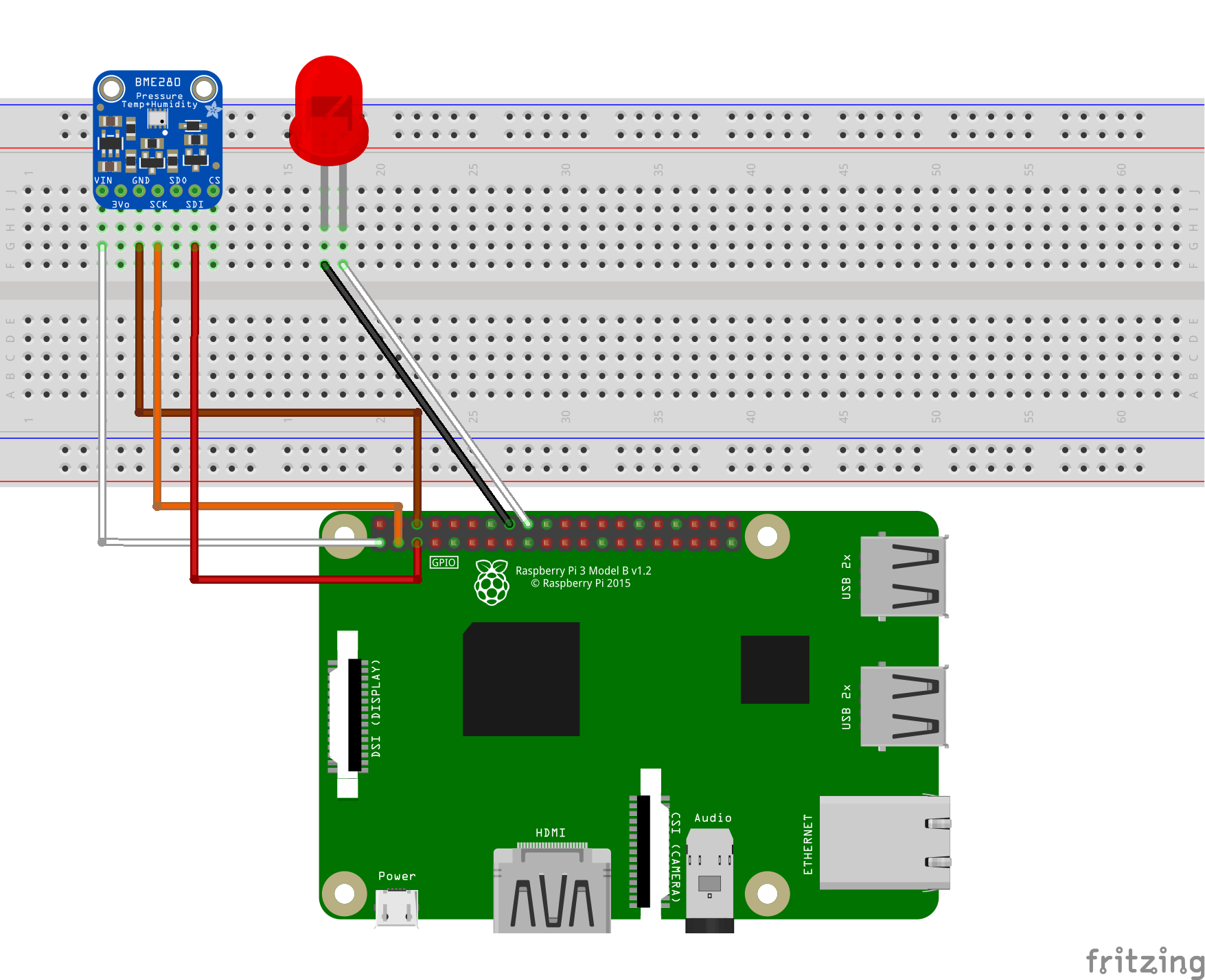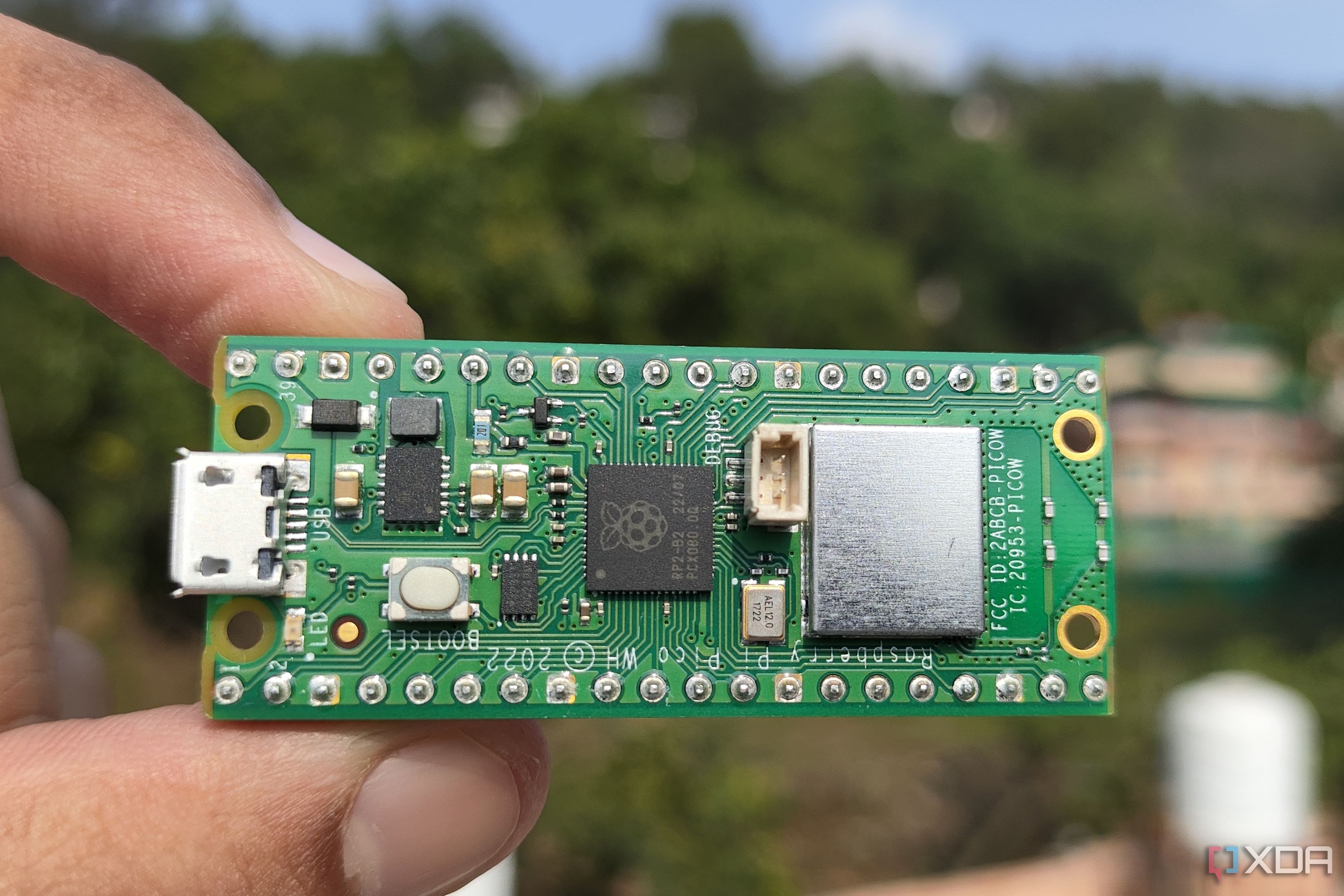In today's digital age, the integration of remote IoT (Internet of Things) with Raspberry Pi through Virtual Private Cloud (VPC) has become increasingly significant for developers and tech enthusiasts. RemoteIoT VPC Raspberry Pi offers a seamless way to connect devices, manage data, and enhance security in IoT applications. This technology opens up endless possibilities for creating smart systems that can operate remotely.
Whether you're setting up a home automation system, monitoring environmental conditions, or building industrial IoT solutions, understanding how to configure and deploy a RemoteIoT VPC using Raspberry Pi is crucial. This article will delve into the intricacies of this setup, providing you with the knowledge and tools needed to succeed in your IoT projects.
By the end of this guide, you will have a solid grasp of the concepts, tools, and best practices for deploying RemoteIoT VPC Raspberry Pi solutions. Let's embark on this journey to unlock the full potential of IoT technology.
Read also:Spiderman Sophie Rains Unique Perspective And Connection
Table of Contents
- Introduction to RemoteIoT VPC
- Raspberry Pi Overview
- Setting Up VPC for RemoteIoT
- Integrating RemoteIoT with Raspberry Pi
- Security Considerations
- Optimizing Performance
- Troubleshooting Common Issues
- Use Cases and Applications
- Future Trends in RemoteIoT VPC
- Conclusion and Next Steps
Introduction to RemoteIoT VPC
RemoteIoT VPC stands as a cornerstone for secure and scalable IoT deployments. A Virtual Private Cloud (VPC) allows you to create an isolated network environment where your IoT devices can communicate securely. This setup is especially beneficial when dealing with sensitive data or critical systems that require high levels of protection.
By leveraging a RemoteIoT VPC, you can ensure that your devices are protected from unauthorized access while maintaining the flexibility to scale your infrastructure as needed. This section will explore the fundamental concepts of VPC and its relevance in the context of IoT applications.
Benefits of Using VPC for IoT
- Enhanced Security: VPC provides a secure environment by isolating your IoT devices from the public internet.
- Scalability: Easily add or remove devices and resources as your project grows.
- Customizable Network Configuration: Tailor your network settings to meet the specific needs of your IoT application.
Raspberry Pi Overview
Raspberry Pi has emerged as one of the most popular platforms for IoT development due to its affordability, versatility, and ease of use. This single-board computer offers a range of features that make it ideal for both hobbyists and professionals looking to build IoT solutions.
Key Features of Raspberry Pi
- Compact and lightweight design
- Support for multiple operating systems
- GPIO pins for interfacing with sensors and actuators
- Community-driven support and resources
Setting Up VPC for RemoteIoT
Configuring a VPC for your RemoteIoT project involves several steps, including planning your network architecture, setting up subnets, and defining security groups. This section will walk you through the process of creating a secure and efficient VPC environment for your IoT devices.
Steps to Set Up VPC
- Plan Your Network: Determine the number of subnets and IP ranges required for your project.
- Create a VPC: Use a cloud provider's console or API to set up your VPC.
- Configure Security Groups: Define rules to control inbound and outbound traffic.
Integrating RemoteIoT with Raspberry Pi
Once your VPC is ready, the next step is to integrate your Raspberry Pi devices into the network. This involves installing necessary software, configuring network settings, and ensuring secure communication between devices.
Software Requirements
- Operating System: Raspbian or Ubuntu Server
- Communication Protocols: MQTT, HTTP, or WebSocket
- Security Tools: SSH, SSL/TLS
Security Considerations
Security is paramount when working with IoT devices. A well-configured RemoteIoT VPC can significantly reduce the risk of cyberattacks, but additional measures are necessary to ensure the safety of your data and devices.
Read also:Baby Alien Fanbus The Ultimate Guide To The Phenomenon Taking Pop Culture By Storm
Best Practices for IoT Security
- Use strong passwords and enable two-factor authentication.
- Regularly update firmware and software to patch vulnerabilities.
- Monitor network activity for suspicious behavior.
Optimizing Performance
Optimizing the performance of your RemoteIoT VPC Raspberry Pi setup is essential for ensuring smooth operation and minimizing latency. This section will discuss techniques to enhance the efficiency of your IoT system.
Performance Optimization Tips
- Use lightweight communication protocols.
- Implement caching mechanisms for frequently accessed data.
- Offload processing tasks to cloud-based servers when possible.
Troubleshooting Common Issues
Despite careful planning and configuration, issues may arise during the deployment and operation of your RemoteIoT VPC Raspberry Pi setup. This section will address some common challenges and provide solutions to overcome them.
Common Issues and Solutions
- Network Connectivity Problems: Check DNS settings and firewall rules.
- Device Compatibility Issues: Ensure all devices are running compatible firmware versions.
- Data Transmission Delays: Optimize network bandwidth and reduce unnecessary traffic.
Use Cases and Applications
The combination of RemoteIoT VPC and Raspberry Pi opens up a wide range of possibilities for various industries. From smart homes to industrial automation, the applications are diverse and impactful.
Popular Use Cases
- Home automation systems
- Environmental monitoring
- Smart agriculture solutions
Future Trends in RemoteIoT VPC
As technology continues to evolve, the future of RemoteIoT VPC holds exciting prospects. Emerging trends such as edge computing, 5G connectivity, and AI-driven analytics will further enhance the capabilities of IoT systems.
Innovations on the Horizon
- Increased adoption of edge computing for real-time data processing.
- Integration of AI and machine learning for predictive maintenance.
- Enhanced security measures to protect against advanced threats.
Conclusion and Next Steps
In conclusion, mastering RemoteIoT VPC with Raspberry Pi empowers you to create robust and secure IoT solutions that meet the demands of modern applications. By following the guidelines and best practices outlined in this article, you can confidently deploy and manage your IoT projects.
We encourage you to take action by experimenting with the concepts discussed here. Leave a comment below to share your thoughts or ask questions. Additionally, explore other articles on our site to deepen your understanding of IoT technologies and their applications.
Remember, the world of IoT is constantly evolving, and staying informed is key to success. Keep learning, experimenting, and innovating!
References:


